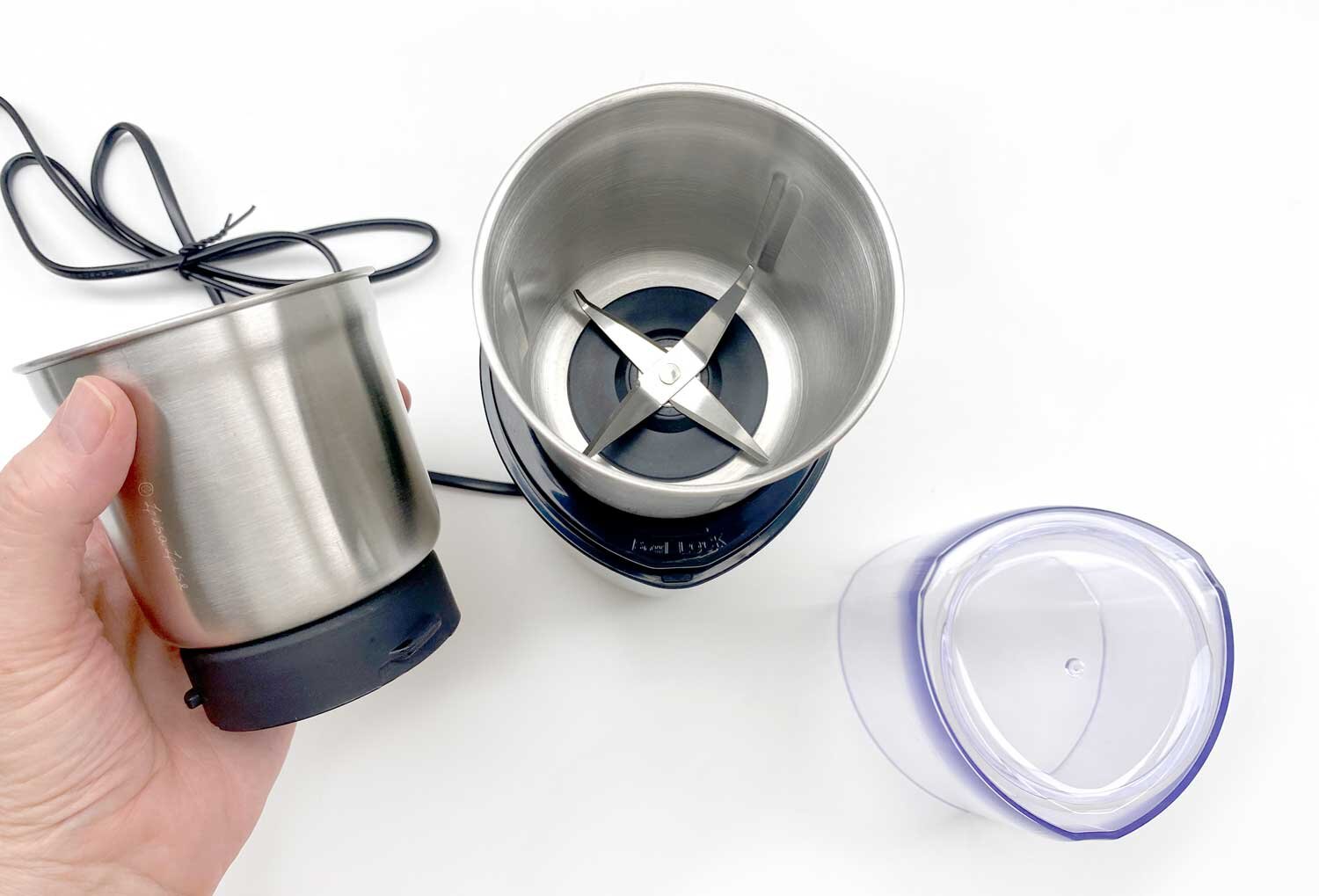Tips for Making Lavender Powder
Lise
Working with different dried herbs in various cosmetic products has taught me that some herbs are far trickier to transform into a 'proper' powder than others.
Take lavender for example.
I love it to pieces, but at the same time, it can drive me absolutely batty. After several attempts at making my own powders without much luck, I started buying powdered lavender. Unfortunately, that has never brought me any joy either – regardless of supplier.
It's entirely possible that I'm overly picky, but in my book, a powdered facial cleanser should not contain ANY annoying bits that keep sticking to the skin after everything else has willingly rinsed away.
The Perfect Lavender Powder Challenge
The challenge of transforming dried lavender into a perfect powder that rinses away without leaving bits sticking to the face was hereby decreed (by me to myself). I started by investing in a rather large bag of dried whole buds so I could get serious about experimenting with different techniques.
Spoiler alert: My idea of the perfect powder doesn’t exist, but I have gotten pretty close.
I'll spare you my numerous failed attempts and concentrate on the method that has shown the most promise.
The Grind
Above: my preferred herb-pulverizing apparatus. Most of the time, this handy coffee bean grinder does a bang-up job.
But no matter how long you grind dried lavender buds, they only become something that looks like a powder.
Try sifting lavender buds that have been in a grinder and you'll see what I mean. It's as if the dried buds are too lightweight to be properly ground to a powder. And that’s exactly why they won’t willingly become a powder. The plant/buds are too fibrous.
Rethinking the Grind
Since my main goal was to use the lavender in a powdered face cleanser, and my powdered face cleansers include clay, it occurred to me that it might be possible to 'weigh down the lavender' by adding some clay to the lavender buds in the grinder.
And gosh darned if that didn't help – a whole lot.
Here are the results of a few different clays mixed with lavender buds and run through the grinder.
The winner is hopefully evident in the picture above. Rhassoul (also called ghassoul) seems to have the necessary weight to 'hold' the lavender. It's also the heaviest of all the clays, so it makes good sense.
The photo above was taken prior to passing the ground mixture through a sieve.
Sifting the ground mixture helped remove most of the remaining unwanted 'fluffy bits'.
Admittedly it’s a bit of work, but if you need lavender powder and are making a product that includes clay, try combining the 2 for some pretty decent results
Pictured at the top of this post is some of the final discarded bits – artfully arranged for your viewing pleasure.
Do Tell
Do you have a successful method of making lavender powder that you're willing to share? Please post a comment below!
PS: LisaLise Club members have access to all kinds of my best tips and useful shortcuts to ease the workload. Want to join us? Click the picture below to learn more about what the Club has to offer you.
















